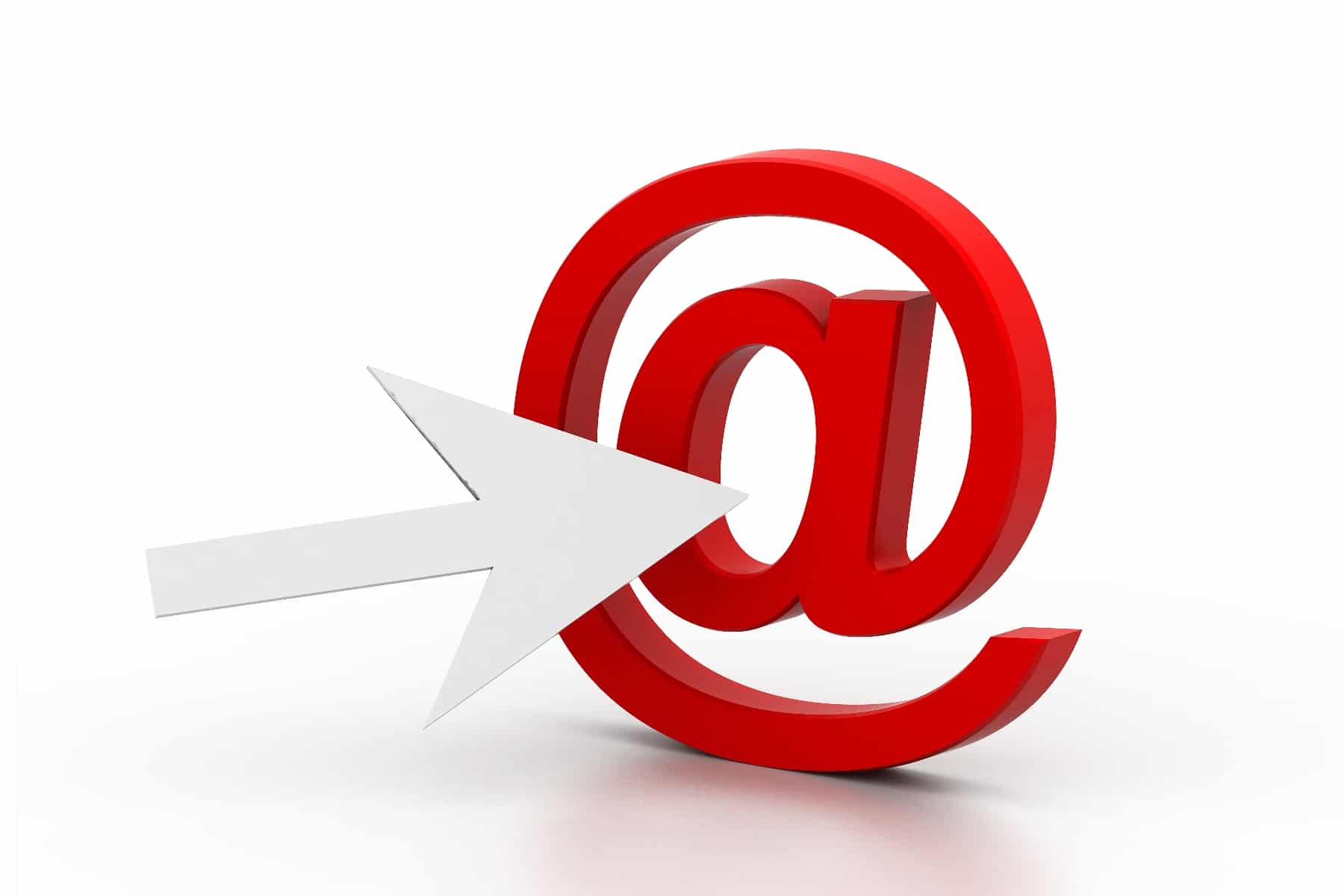
7 Elements of an Effective Email Pitch
Whether you’re pitching a business idea to a potential partner, or sending a press release to a journalist, there are a few key ingredients for success. A well-planned and well thought out email pitch is the first step to achieving your goals. Before you put your fingers on your keyboard or start composing a message, learn the elements of an effective email pitch.
Gather the Details
When you’re pitching to anyone, make sure to include relevant details about them in your pitch. For example, if you’re pitching a personal interest story to a journalist, you might mention a recent personal interest story that they wrote about a complementary topic. Mentioning specific and relevant details tells the person that you’ve done your research, and aren’t simply sending out a random email.
Know Who You’re Pitching To
In addition to gathering relevant details and strategically using them in your pitch, make sure that you’re pitching to the right person. Determine why they would be interested in your story and what information they need to know before you write your email.
It’s Perfect
An effective email pitch is perfect. You’ve spelled everything correctly, including their name. You’ve triple checked your facts. All of your links work and your grammar is impeccable. Have at least one detail-oriented person read your message before you send it. And remember that your word processor’s spelling and grammar check probably isn’t enough.
Support Your Information with Facts
Dig up relevant and supporting facts for your pitch. It might be data about your industry, sales numbers, or trends. Then triple check those facts. Trace them back to their primary sources and make sure that each source is a reliable and credible one.
Keep It Short
It’s easy to be long-winded in a pitch email. After all, there’s so much that you want to say and you’re committed to convincing them that your pitch is worthy of their time. However, brevity is generally appreciated. And if you can’t state your case in 300 words or less then it’s time to rethink your approach. Short and easy to read are two ways to help ensure that your email message gets read by the intended recipient.
Include Links to Supporting Information
Just because you have to keep it brief doesn’t mean that you can’t offer links to more information. Link to supporting videos, reports, white papers and case studies. Link to your social media profiles, blog, and website too. Any information that backs up your pitch can help you.
Finally, always be professional. Put yourself in the journalist’s shoes for a moment and consider how you would like to be treated. Often the process of pitching to the media is about establishing credibility and respect. Be professional and start your relationship off right.











